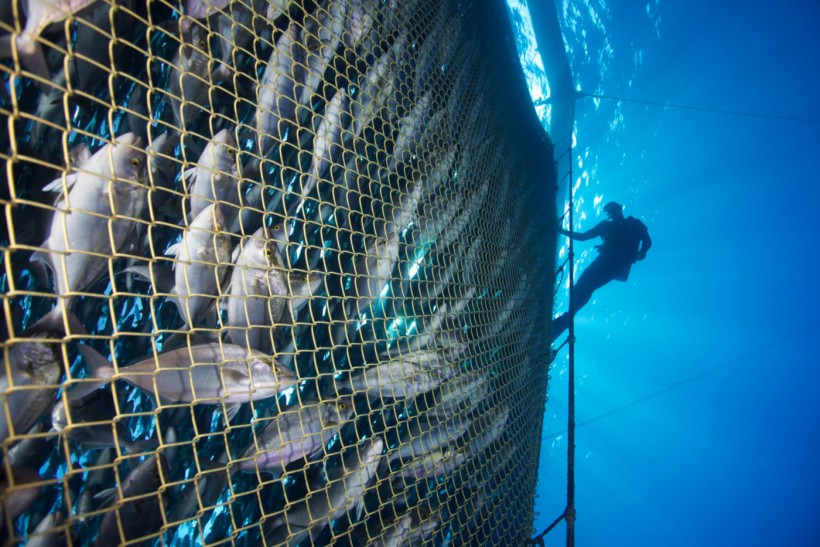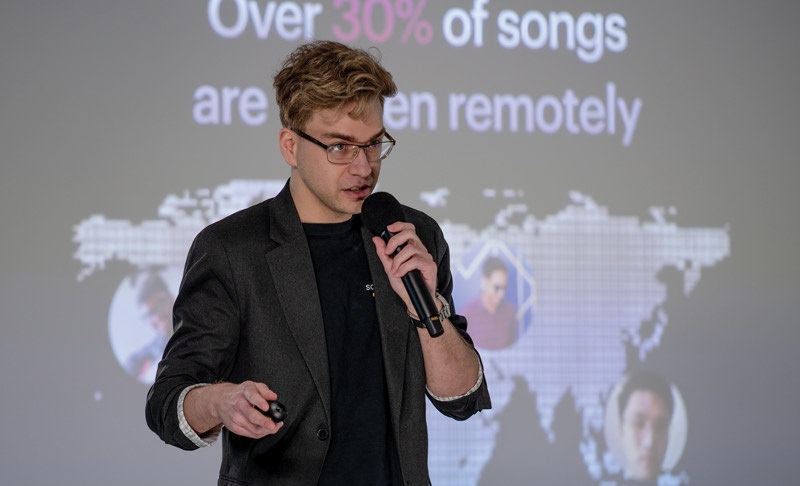Canada’s Ocean Supercluster has announced a $29 million initiative that uses artificial intelligence to track the movement and health of fish stocks and predict their behaviour.
The Canadian government will contribute $13.74 million to the Ocean Aware initiative via the Atlantic Canada-based supercluster, and the rest will come from private industry.
The Ocean Supercluster is one of five federally backed superclusters that co-fund research and development activities with the private sector. Ocean Aware is the third project announced since the supercluster’s creation in 2018, when it committed to spending $125 million of government money to back $350 million worth of R&D over five years.
“Really, what we’re going to do in this project is seek to build a capability where we can gain a deeper understanding of fish health and fish physiology, as well as expand our existing capability in environmental monitoring,” Innovasea Systems President Mark Jollymore, whose company is the project’s lead private sector partner, said on a phone call with journalists.
Based in Boston and with an office in Bedford, NS, Innovasea supplies equipment and technology to the aquaculture industry. The other businesses that have signed on to the cost-sharing deal are Nova Scotia Power, Emera, Irving Shipbuilding, Ocean Choice International, Dartmouth Ocean Technologies and Xeos Technologies.
Xeos makes beacons and sensors for monitoring ocean conditions, and Dartmouth Ocean Technologies is developing a ready-to-use underwater platform with a suite of “lab-on-a-chip” sensors for marine research.
Both companies are residents of Dartmouth’s Centre for Ocean Ventures and Entrepreneurship, or COVE, which said Monday that it had chosen former Emera executive Melanie Nadeau as its new CEO.
Dalhousie University, the Fisheries Marine Institute of Memorial University of Newfoundland and the Department of Fisheries and Oceans have also signed on.
OSC Seeks More Applicants for Accelerated Ocean Solutions Program
According to Jollymore, the Ocean Aware research will have three areas of focus: designing new sensors that can be attached to fish or placed in the marine environment, particularly to track their movement; transmitting data from marine sensors to cloud storage or another location; and developing artificial intelligence software to help visualize and predict fish behaviour.
“Part and parcel with a project where we are developing new technologies is a phase where we get in and figure out how we’re going to tackle the technical requirements of the undertaking,” Jollymore said. “We really don’t have an off-the-shelf solution ready to go today. This is about the development of new products and solutions.”
He added that the technologies will also have applications for the aquaculture industry, which needs more effective tools for tracking the health of farmed fish schools.
“We believe that the completion of this project will be a really significant impact on how farmers will manage their farms by knowing things like the growth rate and the general health of their fish in the pens,” he said.
In a statement, COVE added that the project would also aim to track fish over larger areas than can be achieved with current technology, as well as allow energy companies to track fish without the need for tagging.
Ocean Supercluster CEO Kendra MacDonald said her organization has so far committed to helping fund over $100 million worth of research and development. The first project it announced was the $20 million development of St. John’s-based Kraken Robotics’ OceanVision system, to which the Supercluster contributed $5.9 million.
She cited a change in how the supercluster announces new projects as the reason why the public has not been given details about many of the funding commitments; projects are now announced only after contractors have signed on.
MacDonald said about 20 projects are currently in the works, with more announcements to come in the next several months. But she did not specify what had motivated the change in the announcement criteria.
To deliver on its five-year plan, the supercluster will need to back about another $250 million worth of research by 2023.










